Imagine stumbling upon ancient bones buried deep in the earth, only to discover they hold traces of a mysterious and unsettling behavior—cannibalism. For centuries, tales of prehistoric cannibals have haunted our imaginations, conjuring images of desperate survival or dark rituals beneath the shadows of primeval forests. But what if science could peer back through time and reveal the truth, not in myths but in the hard evidence left etched into fossilized remains? The fossils that suggest prehistoric cannibalism don’t just tell a story of hunger or violence—they challenge our understanding of human nature and the creatures that came before us. Let’s step into this eerie yet fascinating world, where ancient bones whisper secrets from a time long before written history.
Marks That Tell a Chilling Story
Fossils can be more than just bones; they are silent witnesses to the drama of ancient lives. When scientists look closely at prehistoric remains, they sometimes find cut marks, breakage patterns, and even signs of burning that hint at cannibalistic behavior. These marks are not random. Instead, they often match the kind of damage seen when animals are butchered for meat. It’s shocking to think about, but these scars on bone are like fingerprints—evidence of prehistoric hands at work. Researchers have learned to distinguish between marks left by animal scavengers and those made by tools. The depth, shape, and position of these marks reveal whether the bones were stripped for food, marrow was extracted, or flesh was roasted over a fire. Each discovery brings a mixture of awe and discomfort, as we realize how much these ancient people or creatures were like us—and yet, so different.
The Evidence from Neanderthal Sites

Neanderthals, our closest extinct relatives, have become central to the debate about prehistoric cannibalism. Archaeological sites like Moula-Guercy in France and El Sidrón in Spain have yielded Neanderthal bones with telltale signs of butchery. At Moula-Guercy, for example, researchers found bones that were cracked open to extract marrow, with cut marks nearly identical to those found on animal bones processed for food. This isn’t just speculation—the patterns are so consistent that it’s hard to argue they were accidental. At El Sidrón, more than a dozen Neanderthal individuals showed evidence of skinning, dismemberment, and even chewing. These findings have fueled intense debate. Were these acts born of starvation, ritual, or something else entirely? Whatever the reason, the evidence is both fascinating and unsettling, offering a rare glimpse into the darker corners of our shared past.
Homo Antecessor: The Early Cannibals?
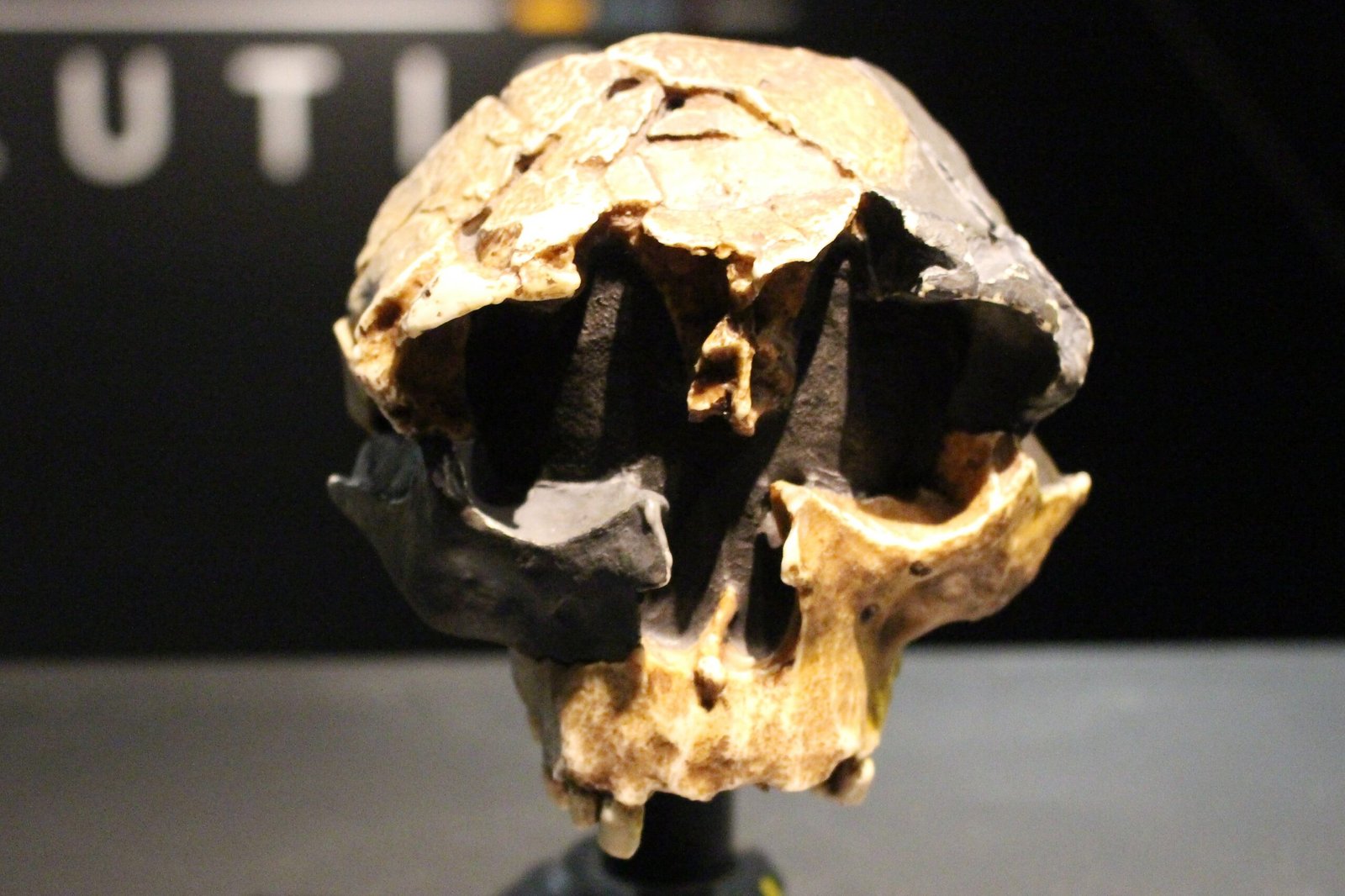
Long before Neanderthals, another ancient human species—Homo antecessor—left behind a compelling and eerie record at the Gran Dolina cave in Spain. Here, scientists discovered bones of children and adolescents with unmistakable cut marks, fractures, and signs of deliberate defleshing. The evidence suggests that Homo antecessor may have practiced cannibalism as a regular part of their lifestyle rather than just in times of desperation. The bones were processed much like those of animals, with skulls and long bones opened to access their nutritious contents. Some researchers argue that this might have been survival cannibalism, while others point to the possibility of social or ritual significance. Either way, these findings rewrite our understanding of how ancient humans interacted—and sometimes preyed—upon their own kind.
The Puzzle of Cut Marks and Human Tools
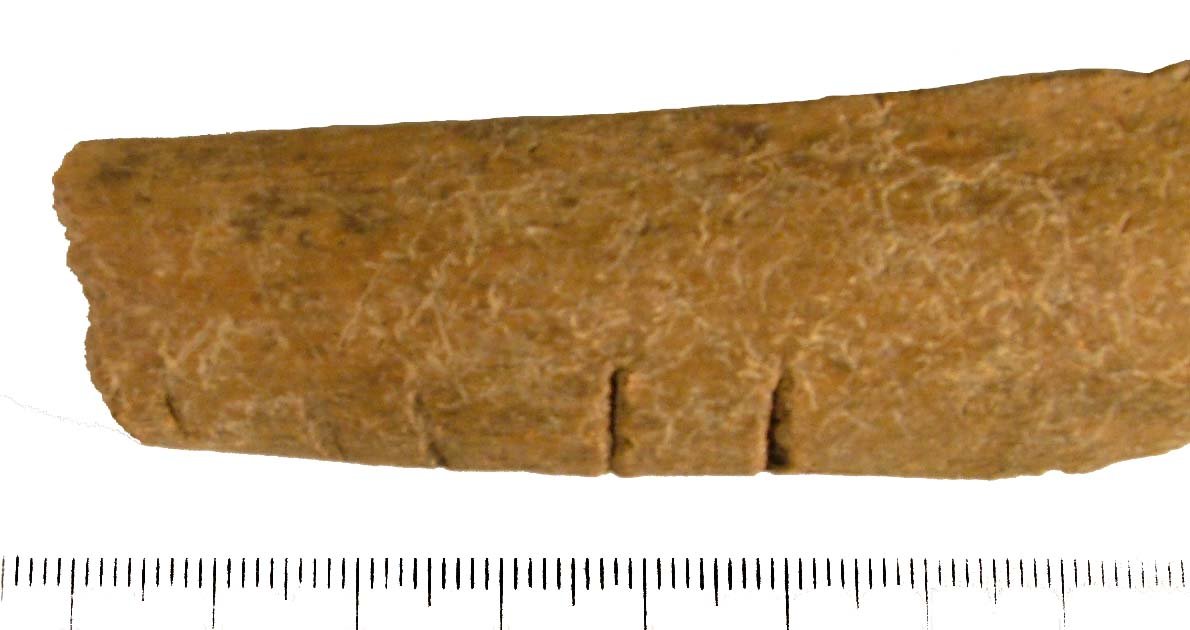
The difference between natural bone damage and marks made by human tools is a puzzle that archaeologists constantly work to solve. Animal gnawing leaves ragged, irregular edges, but stone tools create clean, V-shaped incisions. When researchers compare bones from suspected cannibalistic sites to those from confirmed animal butchery, the similarities are often astonishing. For example, bones from the Gough’s Cave site in England show the same slicing marks and breakage patterns as those made on deer and other animals. These fine details transform ancient bones into forensic evidence, allowing us to reconstruct events that took place tens of thousands of years ago. The science is meticulous, but the implications are startling: prehistoric cannibalism may have been more common than we ever imagined.
Survival or Ritual? The Motives Behind Cannibalism
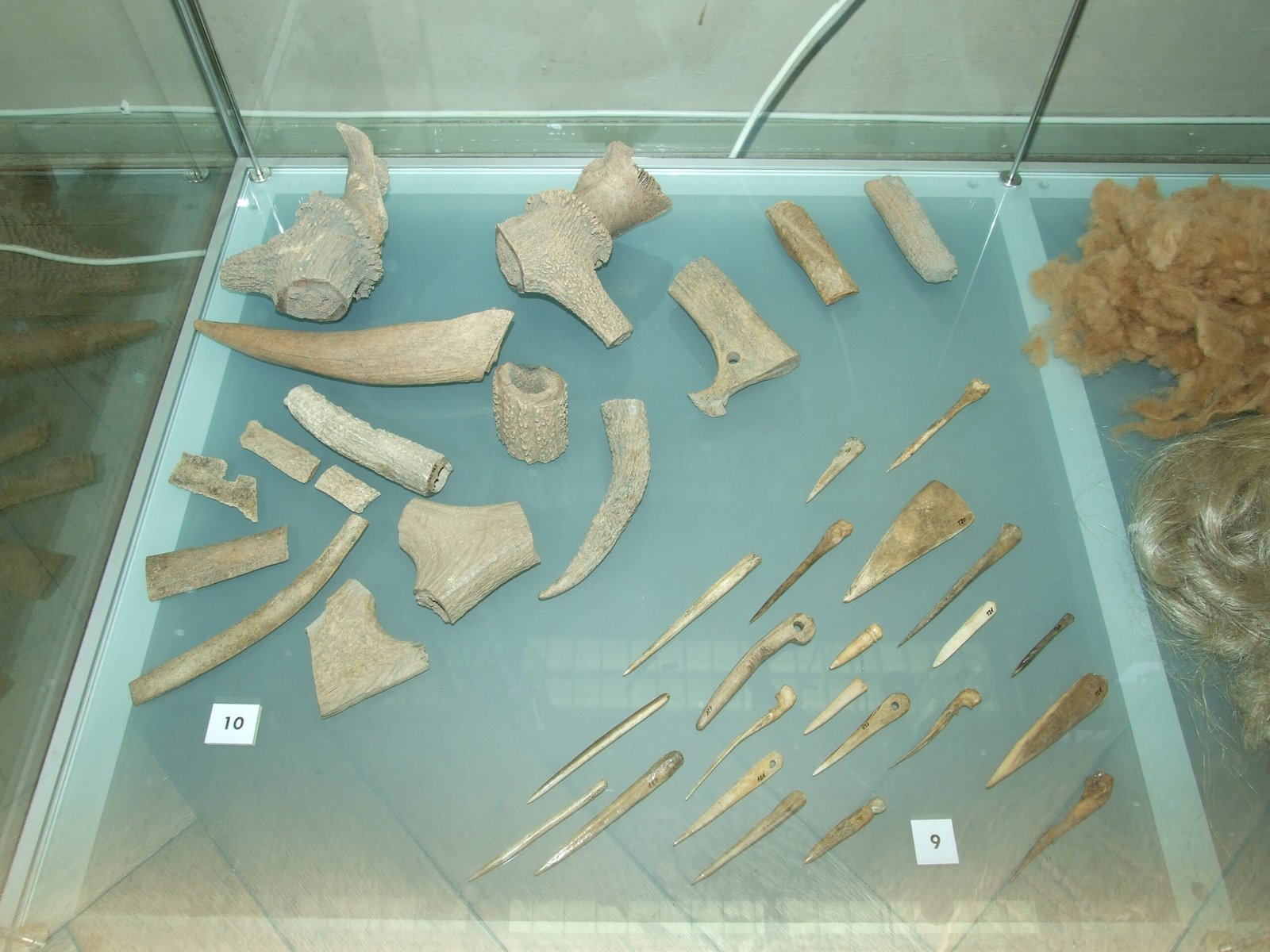
What drove our ancestors to eat their own kind? The reasons are as complex as the fossils themselves. In some cases, evidence suggests acts of survival cannibalism during times of famine or environmental collapse. For example, the harsh winters of the Ice Age could have pushed groups to desperate measures. In other cases, the regularity and organization of butchery hint at ritualistic or symbolic practices. Some scientists propose that eating enemies or even kin could have been a way to absorb power, honor the dead, or enforce social rules. The truth may be a tangled mix of necessity, tradition, and belief—each fossilized bone a clue in a mystery that will never be fully solved.
Cannibalism Beyond Humans: Ancient Animals Join the List
Cannibalism isn’t just a human story. Many prehistoric animal fossils also show signs of this macabre behavior. For example, dinosaur bones with teeth marks matching their own species reveal that even these ancient giants sometimes turned on each other. In the Permian period, fossilized amphibians display bite marks and broken bones consistent with cannibalistic attacks. These findings suggest that cannibalism is a survival strategy that evolved independently in many lineages, from reptiles to mammals. By studying these patterns, scientists learn not just about specific species, but about the pressures and instincts that drive life itself—sometimes to shocking extremes.
Gough’s Cave: A Window into Ice Age Life
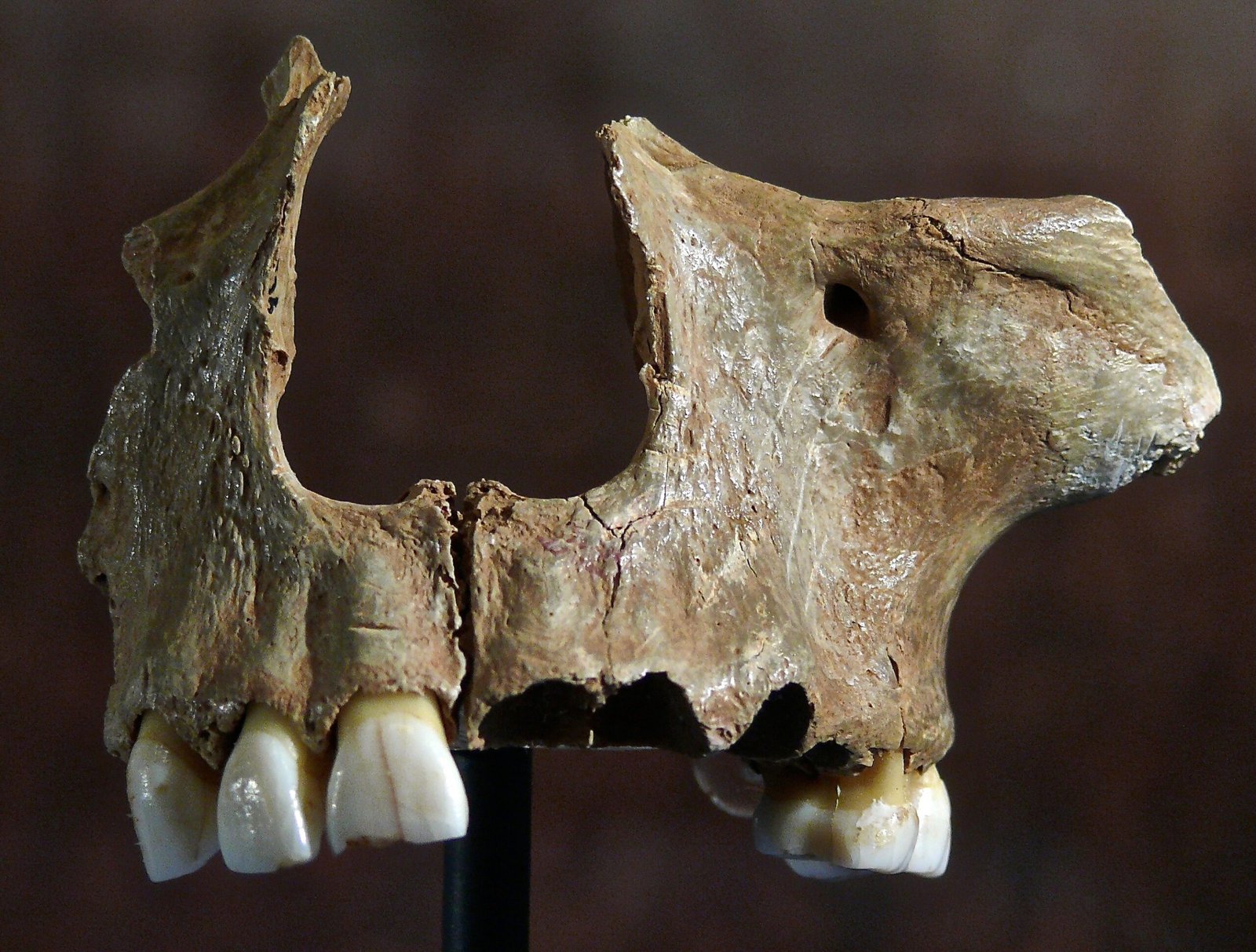
One of the most famous sites for evidence of prehistoric cannibalism is Gough’s Cave in Somerset, England. Here, researchers found human bones dating back 15,000 years, with deep cut marks, intentional breakage, and even signs that skulls were shaped into cups. The bones were processed with the same care and efficiency as animal remains found nearby, strongly suggesting they were consumed. Some scientists believe this was a response to extreme hardship, while others think it might have been part of a burial ritual or social tradition. The haunting artifacts of Gough’s Cave force us to confront the blurred line between necessity and culture.
Modern Forensics Meet Ancient Mysteries

Today, the science of identifying prehistoric cannibalism is more precise than ever. Techniques like microscopic analysis, 3D imaging, and experimental archaeology allow researchers to recreate ancient butchery techniques and compare them with fossil evidence. By simulating tool use on animal bones, scientists can create reference collections that help differentiate between cannibalism and other behaviors. These cutting-edge tools provide new insights into old mysteries, revealing just how much information is locked away in every scrape, notch, and groove. Modern forensics is breathing new life into ancient bones, making the past startlingly vivid.
Ethical Reflections on Our Cannibal Ancestors
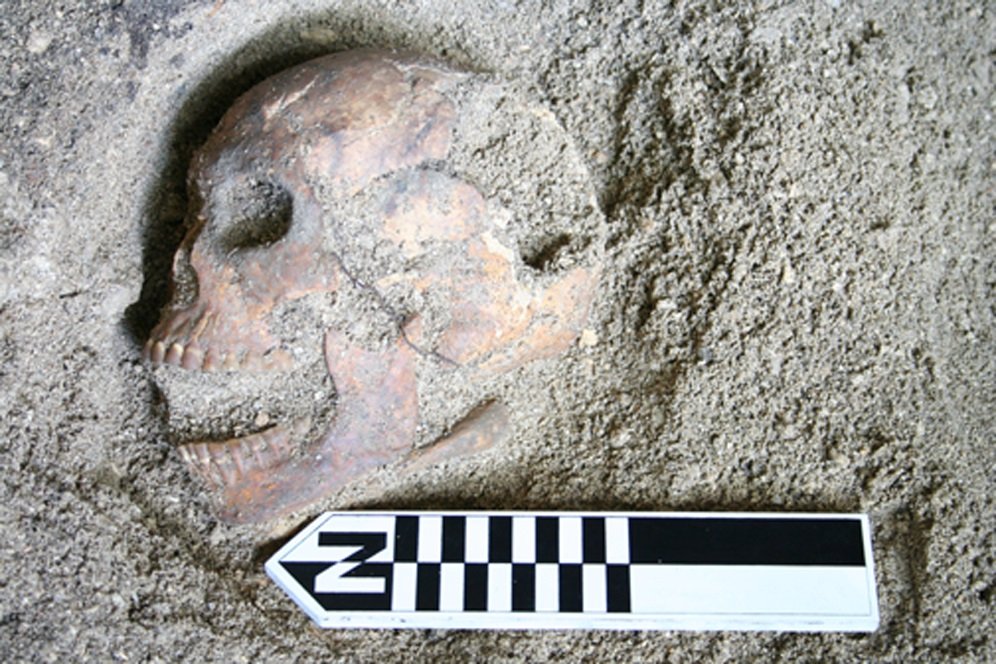
Learning that cannibalism was part of our evolutionary story can be deeply unsettling. It challenges our sense of what it means to be human, raising uncomfortable questions about morality, survival, and the boundaries of culture. Some people feel disturbed by the idea, while others see it as a testament to human resilience and adaptability. Understanding prehistoric cannibalism also forces us to reflect on our own values and the ways in which we judge the past by modern standards. These fossils do not just teach us about ancient diets—they ask us to consider the full complexity of the human journey.
The Mystery Remains: What Does Cannibalism Tell Us?
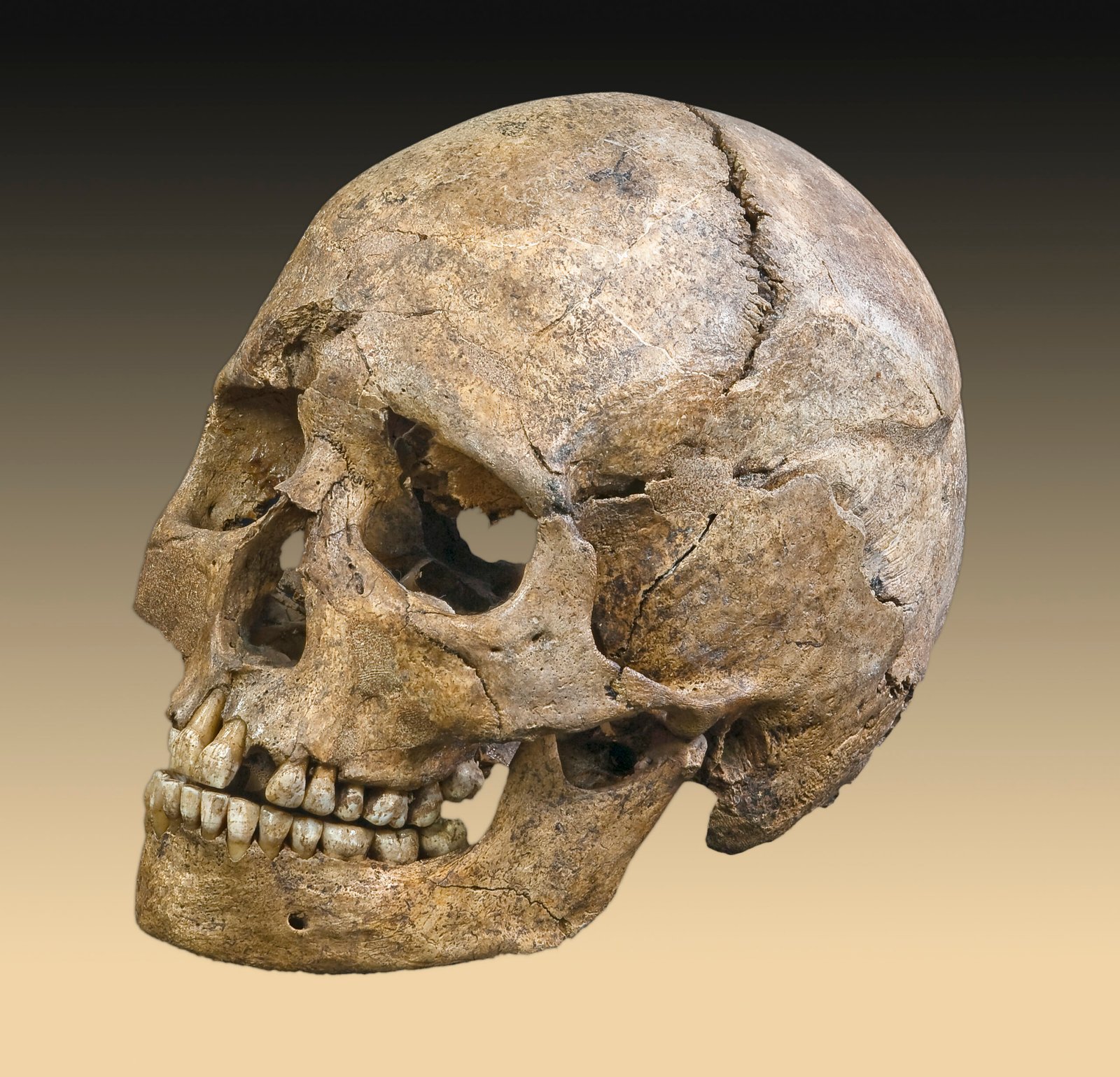
Despite decades of research, the full story of prehistoric cannibalism remains elusive. Every new discovery adds a piece to the puzzle but also raises new questions. Why did some groups engage in cannibalism while others did not? Was it a last resort or a long-standing tradition? The answers are hidden in the bones, waiting for future scientists to uncover more clues. As we continue to unearth these ancient mysteries, we are reminded that the past is never as simple—or as distant—as it seems. These fossils force us to confront the darker sides of human history, and in doing so, they challenge us to look more honestly at ourselves.


